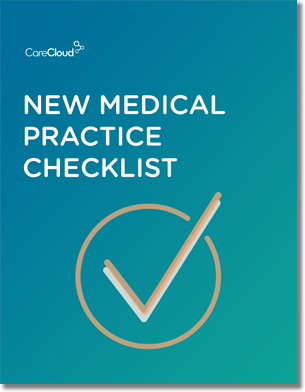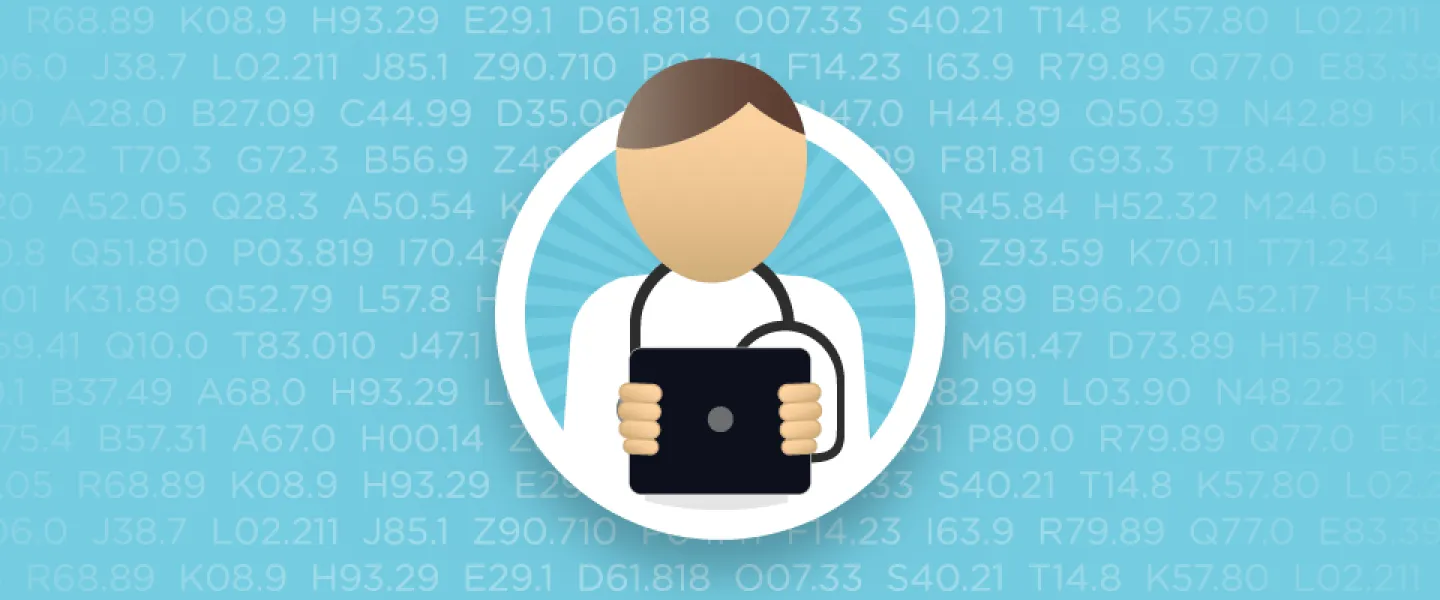Start a conversation about ICD-10 implementation – looming less than a year from now – and you might hear some pessimism. True, switching to a new code set with almost 70,000 codes might seem daunting, even as changes in healthcare go.
However, there are many reasons for optimism, according to Precyse, CareCloud’s physician practice ICD-10 coding education partner.
Physicians who master the greater specificity of ICD-10 codes can, for example, decrease the amount of back-and-forth communication with billing staff. This can increase productivity and reimbursement. Also, ICD-10’s inclusion of patient severity information can ease the burden of demonstrating the quality of care and justifying the use of healthcare resources, especially with more complex cases.
Here are 3 tips from Precyse to make the most of the time remaining before the official transition to ICD-10:
#1. Don’t Stop Preparing
Even though ICD-10 doesn’t go live until October 1, 2015, take advantage of the interim to optimize ICD-10 training. There is no drawback to preparing physicians now for the heightened documentation requirements. Their stronger documentation skills can improve coding and reimbursement — even for the waning months of the ICD-9 system.
#2. Target and Tailor Education
Provide ICD-10 training on a “need to know” basis. Most physicians need the greatest familiarity with codes within their specialty and for common co-morbid diseases. In addition, make the most of limited physician time by focusing on overall ICD-10 concepts. Documenting site, specificity, laterality, timing, manifestations, stage, status, and any dependence on drugs, alcohol, or tobacco are essential to optimal use of ICD-10 codes. Also, offer multiple learning modalities (online learning, peer-to-peer, professional experts, etc.) so physicians can choose educational formats that work best for them.
#3. Implement the Right Technology
Modern technology can facilitate and ease a lot of the transition to ICD-10, especially clinical documentation improvement and computer-assisted coding software. These technologies help to ensure proper documentation for every patient encounter and help facilitate a faster, more accurate coding process. Also, features of electronic health record technology such as customizable templates and intelligent prompts can drive greater efficiency with ICD-10 coding. Another tip is to choose a vendor that seamlessly integrates the new codes and continuously updates their system for ICD-10 going forward.
Precyse is a health information management and technology firm. Among its many offerings is Precyse University, an ICD-10 education solution for all physician practices and clinics.
Be ready for ICD-10 with modern billing software. Check out CareCloud Central Practice Management.

Do you know what you need when setting up a new medical practice?



